
 |
|
#21
|
|||
|
|||
|
Riser extensions will go on the boat in the next couple of months when I change manifolds, 4 inch for sure, maybe 6.
Made another discovery, there was something blocking the throttle lever and removing it increased the WOT rpm to 5200 with one person and a full load of fuel. Had a bunch of people on the boat today, 4 adults, 2 kids and 150 lb of ballast forward. Not quite a Bahama load, but reasonably close. Re-ran some vacuum, rpm, speed data (see below) and found some interesting stuff. Putting the extra (~800lb) load in the boat dropped the speed in the 3000-4000 rpm range by right at 1 knot. The most efficient rpm dropped from 3400+ to 3200, roughly. Max rpm dropped about 150rpm with the increased load, 5050rpm heavy, 38.3 knots. I discovered that the most efficient cruise and amount of vacuum was highly dependent on the amount of tab and drive trim, which I had not been paying close attention to. To really dial in most efficient cruise, I will have to fix the trim indicator so I know exactly how much trim is on the boat and get a better tab system(the tab part is coming, soon). I did not have time to rerun the fuel economy, but my guess is it dropped to 2.4-2.5 nmg. Previous comments about this hull needing weight to run right and Carl M's original plan to put a water ballast system in this hull seem right on target. The boat is so sharp and narrow in the forward sections that there is very little beam in the water. The chines at the transom are barely in the water when it is very light. Adding some ballast forward made a noticable diffence in how lively the boat was when at "rest" Putting a heavy load in it did not change how it handled when moving(at least, not much), but improved it when at "rest" or going slow. The roll was much less "quick" Data with heavy load rpm a------- vacuum---------knots 3000-----------10.1---------19.2 3200-----------10-----------22.6 3400-----------9------------25.1 3600-----------8------------27.1 3800-----------7------------29.5 Max rpm full fuel, one person 5200 max rpm with above + 800 lb 5050 38.3 knots Connor |
|
#22
|
|||
|
|||
|
Connor
I saw Carl at the OFF2009 Raceboat gathering and specifically asked him about how much water ballast would be appropriate for your boat. He said Potter didn't build the boat the way he designed it, and that he wouldn't bother with the ballast tank. Your observations are interesting though. Sounds like placing gear as far forward and as low as possible would be worth playing with. Did you get those props fixed? Sounds like you could go to higher pitch, now that you found that earlier run did not get to full WOT! I think that vacuum gage will help you find the "sweet spot" combination of optimum throttle/drive/tab trim. Keep us posted on what you find out! Denny
__________________
'72 SeaFari/150E-Tec/Hermco Bracket, owned since 1975. http://i188.photobucket.com/albums/z...Part2019-1.jpg |
|
#23
|
|||
|
|||
|
Well, she was on a trailer awaiting cleaning and winterizing so I got a few shots.[image]http://
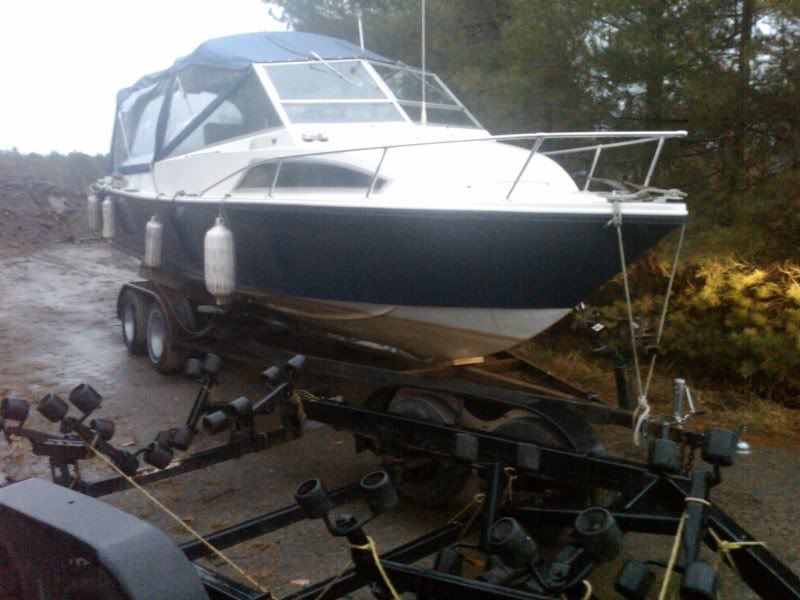 [/image] [image] [/image] [image]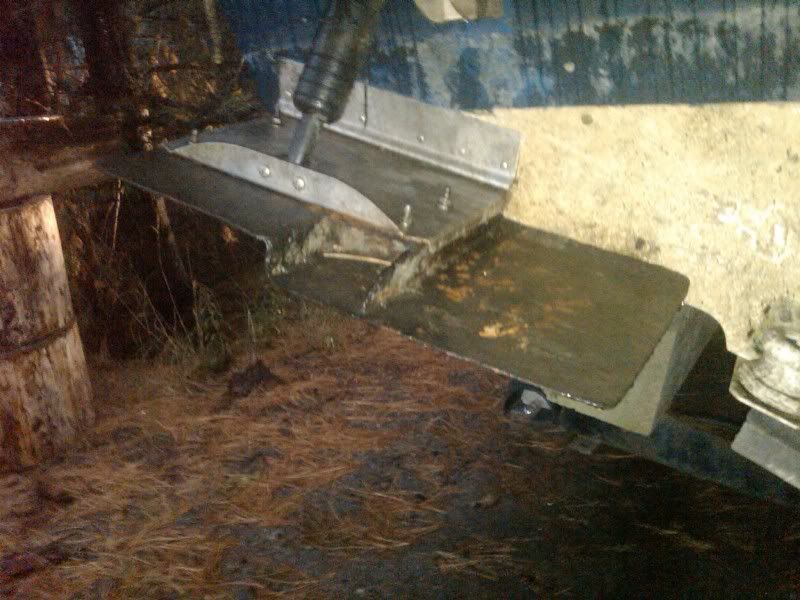 [/image] [image] [/image] [image]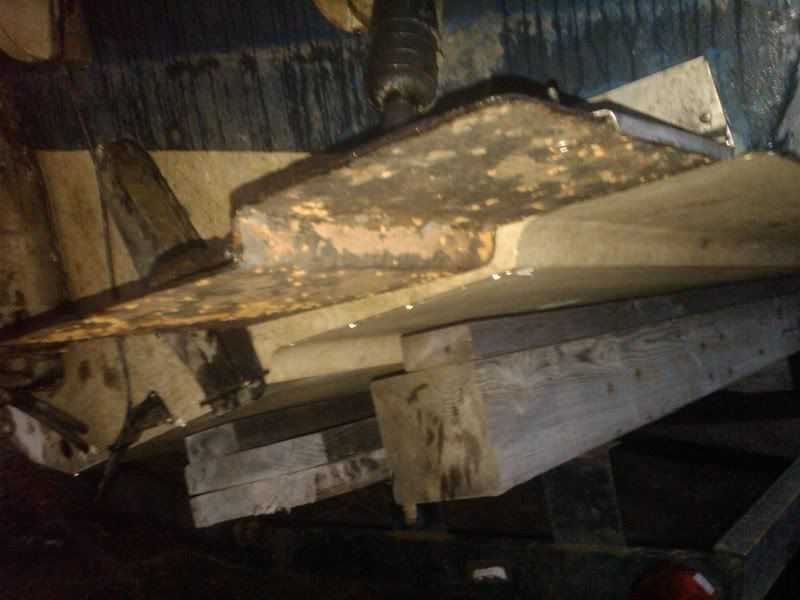 [/image] [image] [/image] [image]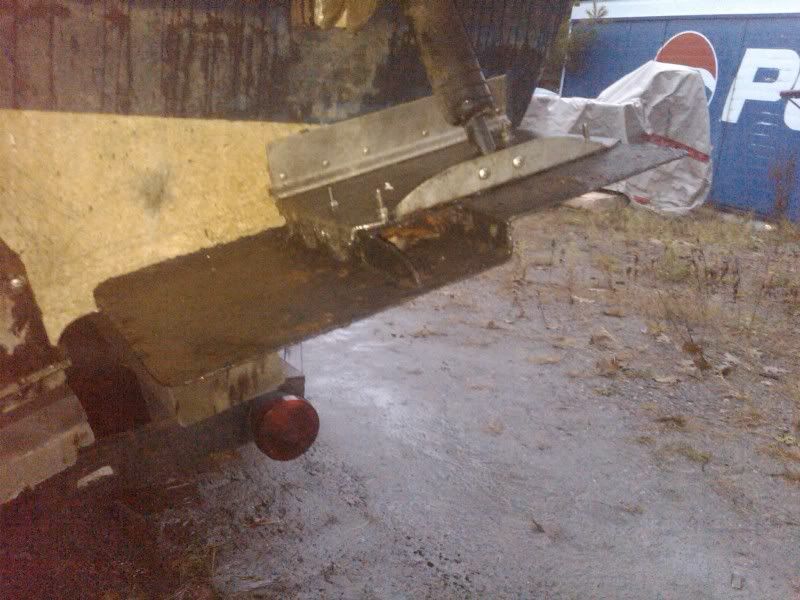 [/image] [image] [/image] [image]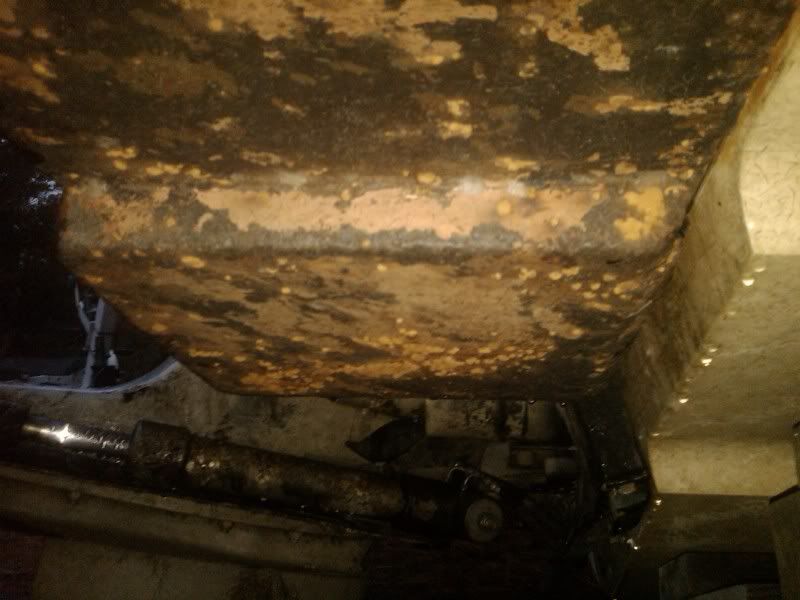 [/image] [image] [/image] [image]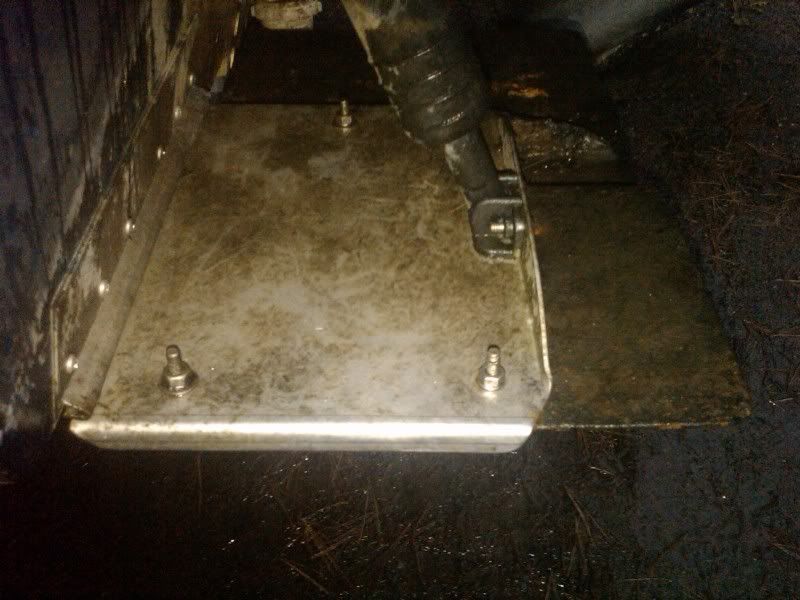 [/image] [/image]
|
|
#24
|
|||
|
|||
|
Connor,Here is a pic showing risers per your PM [image]http://
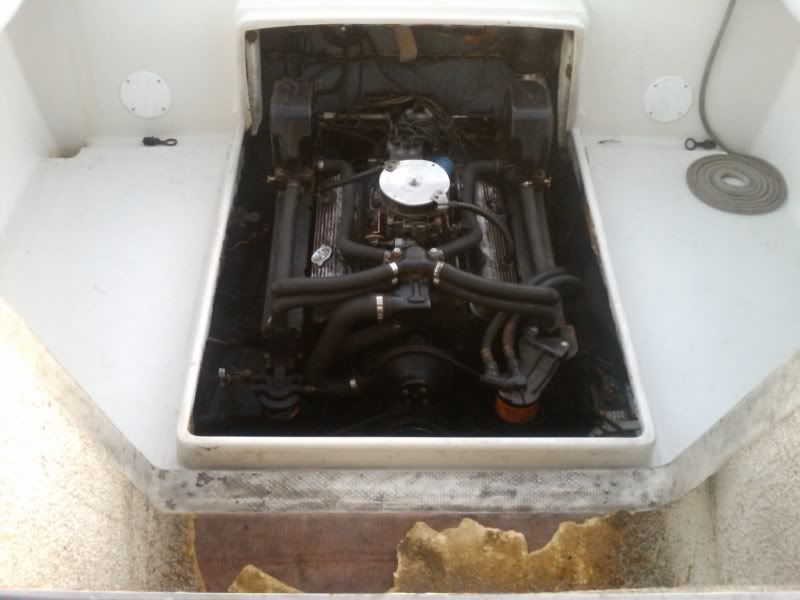 [/image] [/image]
|
|
#25
|
|||
|
|||
|
Outstanding pics! Just what I needed to show the welder.
Thanks Connor |
|
#26
|
|||
|
|||
|
Brandon-
Interesting that your boat's scuppers are in the stern while mine are a foot or so forward of the stern in the sides of the hull. strick
__________________
"I always wanted to piss in the Rhine" (General George Patton upon entering Germany) |
|
#27
|
|||
|
|||
|
Mine are where Brandon's seem to be. They exit through the side of the boat. Much of the time the deck tilts slightly down going forward, so scuppers more forward sound like a good idea.
Brandon,thanks again for the tab idea. Those are even larger than what I had on the Seabird. Looks like there is enough surface area to damp the roll quite a lot. I'll find out. Denny, that vacuum gauge is the cats meow. You have made a convert. Haven't fixed the props yet, but I think I know what I want. Same engine F5s(stainless) was 4600 rpm in the Seabird. These are D2s (aluminum) and turn 5050 loaded. The volvo book says 200-250 rpm for each size larger in duoprops and go one size larger for equivalent in stainless. That gives me a F4 which should give about 4800 loaded. Max rpm range 4600-5000 on this engine. I'll have several conversations with prop guys first, but thats what I think for now. Does being in the middle of the max rpm range with the boat loaded close to the max its likely to carry make the most sense? One thing I don't understand, maybe someone can shed a light. The volvo book says most efficient cruise speed is 15-25 percent below max speed at max rpm. That results in real high rpm that the vacuum gauge says is too high and looks too high to me as well. Any comments? Connor |
|
#28
|
|||
|
|||
|
Strick,
It is interesting about the different scupper locations. I think Nuthinfancy's are even more forward of yours. I guess the ones that were set up with the huge twin engine box the full length of beam would've had to have had them farther forward. Quote:
At rest, with no passengers, ours drains towards the transom. With two in the cabin, it drains forward then back then forward....JK it drains forward then I go to sleep  Enjoy the new tabs Brandon aka WTMFI guy |
|
#29
|
|||
|
|||
|
Quote:
I'd get those aluminum props fixed and run them again before making a final decision on SS props. As for rpm at Max load, being at the middle of the range is probably pretty close. High end of the range is probably easier on the engine, low end may give a little better mpg, so splitting the difference is a reasonable compromise. I know Fr. Frank says to prop for Max rpm at Max load. I'm sure that's true for 2S outboards that run needle bearings, have no valve train to worry about, and love to rev. Lugging an engine (high load at low speed) increases cylinder pressures and temperatures, which increase loads on pistons, rings, bearings and valves while the low speed REDUCES oil/coolant flow and pressure, so it's generally better to let 'em rev! It's probably true for 4 strokes as well, but they can have valve train issues (resonant vibration that can wear or even break valve springs, dampers, studs and rocker arms if you spend much time at a critical speed). 200 rpm isn't a big deal, but I'd try to find a Volvo engineer, and ask him if you should prop it for 4600 or 5000 at max load, and why. If there is a critical speed, say 5100-5200 you'd like to know that too! [/QUOTE]One thing I don't understand, maybe someone can shed a light. The volvo book says most efficient cruise speed is 15-25 percent below max speed at max rpm. That results in real high rpm that the vacuum gauge says is too high and looks too high to me as well. Any comments? [/QUOTE] That 15-25% recommendation is a very general statement and not necessarily right for a specific boat. It should probably say MAXIMUM cruise rpm, not the most efficient speed! You're right, the vacuum gage is a much better indicator of best efficiency, and I'd guess 3750-4250 rpm is pretty close to 5-7" vacuum or max continuous power for that engine, if it had such a rating. If you're gonna take that boat to the Bahamas, you'll be burning enough gas that I'd spend the money up front to get either a Floscan system or the Volvo equivalent of the I-Command/Smartcraft system if there is one. It'll eventually pay for itself by helping you to always run the boat at optimum trim, plus it's good to know exactly how much fuel you've got left and not have to depend on a gas gage that may not be very accurate!
__________________
'72 SeaFari/150E-Tec/Hermco Bracket, owned since 1975. http://i188.photobucket.com/albums/z...Part2019-1.jpg |
|
#30
|
|||
|
|||
|
Quote:
strick
__________________
"I always wanted to piss in the Rhine" (General George Patton upon entering Germany) |
 |
| Thread Tools | Search this Thread |
| Display Modes | |
|
|